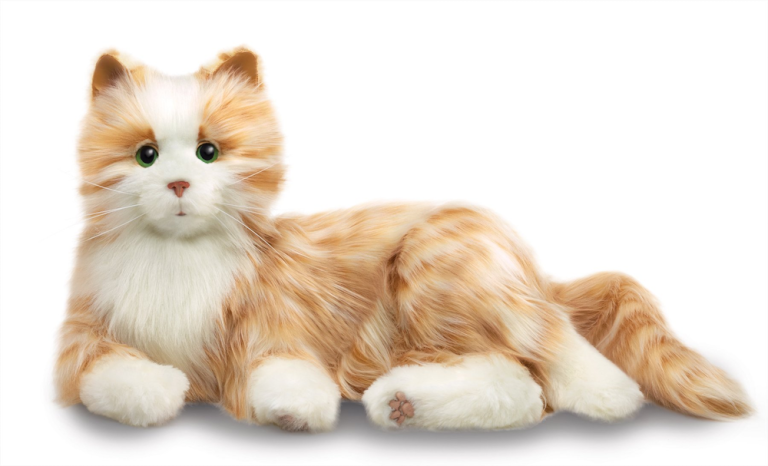
At the turn of the last century, very few Americans over the age of 65 lived alone — only about 9 percent. Families were far more likely to live in multi-generational households, and elderly family members were a standard part of most domestic living arrangements.
However, as the nuclear family became more common throughout the 20th century — and multi-generational households became somewhat rarer — the rates of older Americans living alone climbed sharply, peaking in the year 1990 at around 29 percent. In the intervening years, that figure has slid back some to 23 percent of seniors or about 12 million American adults over the age of 65, according to the most recent figures.
These days, by the numbers, women are somewhat more likely to live alone in old age than men — 32 percent of older women report living alone as compared to 18 percent of older men. But women also seem to be happier with their social lives when they live alone — 71 percent report being happy with the number of friendships they have, as opposed to the 48 percent of men who live alone. By contrast, among older men who live with others (mostly wives), 62 percent report satisfaction with their number of friendships, while older women who live with others (mostly husbands) are less satisfied with the number of friendships they have than their single counterparts — as 67 percent represent being happy with their number of friendships.
Overall, seniors who live alone seem to express something of a preference for it, with very few reporting a desire to return to the good old days of growing old with family. Only 8 percent reported a preference to go live with family, while 17 percent noted they would rather live in an assisted living community, and a full 61 percent expressed a desire to age in their own home — possibly assisted by a caregiver.
The image of the necessarily lonely widow or widower, wasting away in their home is, for the most part, a misperception. The majority of people who live alone over the age of 65 do so because they want to and are fairly satisfied with their social lives. That said, while the majority of seniors are having a positive experience, a significant minority — about one-third, according to the AARP — is not doing nearly so well and, in fact, reports being lonely.
Loneliness, particularly among a vulnerable population like the elderly, is more than an emotionally-unpleasant state to be in. It is also correlated with some dire health concerns like high blood pressure, slip-and-fall accidents, depression, dementia, cognitive decline and a host of other ailments, both long- and short-term. The study found that, in general, loneliness was a significant predictor of poor health. Those who rated their health as “excellent” were over half as likely to be lonely than those who rated their health as “poor” (25 percent vs. 55 percent).
Tackling senior loneliness, though, is a challenge — particularly because seniors, by large, show a strong preference for living independently. That is where newly launched firm Ageless Innovation hopes to enter and better serve the market as a different type of product for the senior customers.
Created by group of former Hasbro employees who acquired the Joy For All line of companion pets for seniors — fully animatronic dogs and cats that simulate many of the more alluring parts about the companionship of pets — purring, nuzzling, excitedly reacting to one’s presence. That is, without some of the challenges that make pet ownership problematic for seniors like shedding, cleaning and the need for frequent walks and play.
“Ageless Innovation will leverage the heritage of the Joy for All brand to create meaningful products that address a massive market need,” said the firm’s Co-founder and CEO Ted Fischer. “We know that loneliness, social isolation and all forms of cognitive decline are rising at epidemic rates for older adults. Focusing 100 percent on this amazing population, coupled with our experience and partnerships in the longevity market, will help expand our strategy of increasing fun and joy while positively impacting quality of life and lowering healthcare costs for aging loved ones and their family caregivers.”
Fischer noted that Joy For All, and its team, are “inveterate toy makers” who have been in the business of delighting and entertaining for years in their former rolls at Hasbro. The foundational insight for Ageless Innovation, according to Fischer, is that the power of play can bring joy to people at all stages of life. Fun is good for kids — but fun isn’t only good for kids. When they think about adapting offerings to seniors, it is always with a view that developing toys and games that appeal to older consumers is not only a good way to deliver fun — which is valuable in and of itself — but to “enhance meaningful interactions with their loved ones.”
What those new offerings will be remains to be seen. The brand has just been spun off from Hasbro and they are only trading in their companion pets line. But new products, it seems, are on the way — though a timeline is yet not available. For now, the Ageless Innovations teams is focused on creating partnership with healthcare, academia and senior living to help further scale the Joy for All brand.